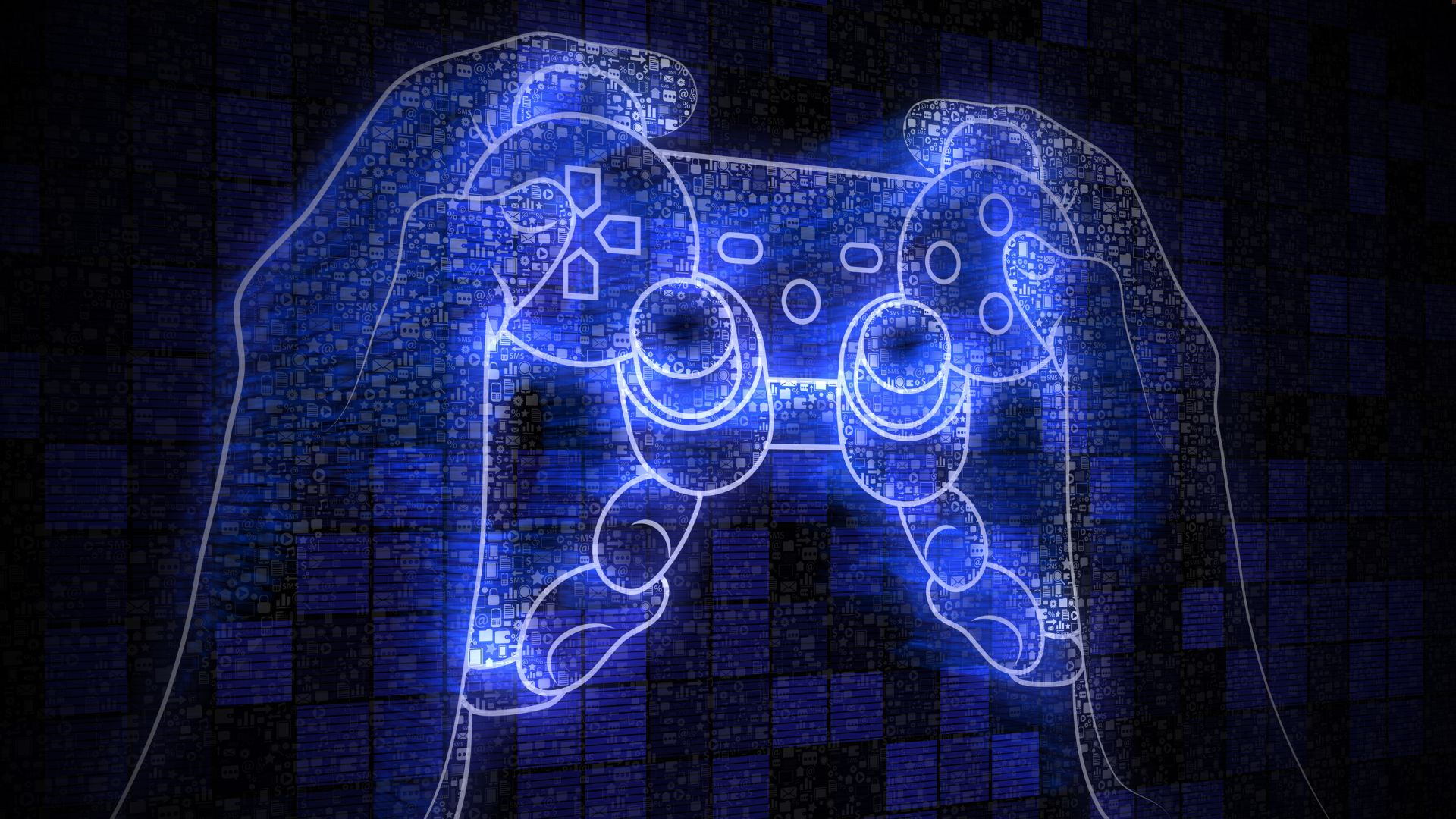From Pixels to Primetime: How Gaming Worlds Took Over Everything
Updated on
Published on

Video game movies used to be punchlines. You could practically guarantee that any film based on a game would be a critical disaster that completely missed what made the source material special. Those awkward adaptations felt like they were made by people who had never actually played the games they were supposedly bringing to life.
Something pretty wild has happened in the entertainment world recently. Gaming franchises have managed to break out of their digital boxes and successfully plant flags in movies, TV shows, and store shelves, building empires that now compete directly with the biggest names in Hollywood.
The transformation didn't happen overnight. For decades, studios kept trying to cram interactive experiences into linear narratives, often with cringe-worthy results. Successful adaptations have figured out that they don't need to recreate the gaming experience exactly. Instead, they focus on what made people care about these characters and worlds in the first place, then find creative ways to express those elements through film, television, or other mediums.

Television's Gaming Renaissance
Television has emerged as the unexpected champion of video game adaptations, and it's easy to understand why. The episodic format naturally accommodates the sprawling narratives and world-building that modern games excel at. Unlike films, which must compress everything into two hours, television series can take time to develop characters, explore side plots, and build the kind of immersive atmospheres that gamers fell in love with originally.
Netflix's success with The Witcher demonstrated that audiences were hungry for fantasy content with the production values and narrative complexity they'd come to expect from premium television. The show didn't just adapt the games—it drew from the original source novels while incorporating elements that game fans would recognize and appreciate.
HBO's The Last of Us went all in, giving the source material the same treatment they'd give to a best-selling novel or acclaimed theater production. The showrunners knew what really mattered wasn't the infected or the sneaking around—it was Joel and Ellie's relationship in this broken world that hit players so hard.
Animated series have found particular success in this space. Shows like Arcane, based on League of Legends, have proven that animation can capture the visual style and energy of games in ways that live-action sometimes struggles with. Animation also allows for more creative freedom in depicting the fantastical elements that are common in gaming worlds.
Movies Had to Learn the Hard Way
The film industry has had a bumpier relationship with video game source material, though recent successes suggest they're finally finding their footing. Movies have always struggled with video games because they're trying to squeeze sprawling, complex stories into two-hour time slots while keeping both hardcore fans and complete newcomers happy. That's a nearly impossible balancing act.
Detective Pikachu and Sonic the Hedgehog figured out something important: instead of trying to copy every detail from the games, they focused on capturing what made those characters fun and appealing in the first place, then built new stories around that essence.
The movies that work don't overthink it. Some players are hooked on that heart-racing action games intensity. Others live for puzzle-solving breakthroughs. And plenty of us get way too emotionally invested in pixels on a screen. The smart filmmakers? They chase after those emotions. Game mechanics are boring to watch—feelings aren't.
Merch Is Everywhere Now
Perhaps nowhere is the cross-media success of gaming franchises more visible than in the explosion of merchandise and consumer products. Gaming characters and iconography have transcended their digital origins to become recognizable symbols in mainstream culture.
Pokémon shows how to do this expansion right. What started as a simple Game Boy game has grown into something that touches practically every part of entertainment and retail—trading cards that kids collect obsessively, plush toys that adults display proudly on their desks, clothing lines that blur the boundary between geek culture and mainstream fashion, and even entire theme park sections devoted to catching virtual creatures.
What makes Pokémon work so well is how it manages to hit completely different audiences at the same time. You've got adults in their thirties buying Pikachu merchandise for the nostalgia factor while their kids discover these characters for the first time and fall just as hard for them. It's like they've created this perfect bridge between generations where everyone gets something different out of the same characters.
Funko Pop figures have democratized gaming merchandise, allowing even niche gaming franchises to have physical representation on store shelves. These collectibles have created a bridge between gaming culture and mainstream retail, making gaming characters as commonplace as traditional pop culture icons.
Fashion collaborations have elevated gaming merchandise beyond simple logo tees and cheap trinkets. High-end streetwear brands partnering with gaming franchises have created limited-edition collections that blur the lines between gaming culture and fashion, appealing to consumers who might not even consider themselves gamers but appreciate the aesthetic and cultural cachet.
Smart Business Strategies
The financial incentives driving cross-media expansion are substantial, but the smartest gaming companies understand that success requires more than just slapping familiar characters onto different products. Each piece has to feed the beast—the show drives game sales, the merch keeps people engaged between releases, the memes keep the conversation going.
When a television adaptation succeeds, it often drives renewed interest in the original games, creating sales spikes for titles that might be years old. Merchandise keeps the obsession alive between releases. Three years between games? That's forever. But when Target's selling your protagonist on t-shirts and your kid's eating cereal with the villain's face on the box, the franchise never really leaves.
Gaming properties come with something that streaming platforms desperately need: millions of people who already give a damn. Netflix doesn't have to convince anyone to care about Geralt—the fanbase already exists, already has opinions, already wants more content.

When Things Go Wrong
Look, plenty of these adaptations still crash and burn. Directors get high on CGI budgets and forget that Halo worked because of Master Chief and Cortana's relationship, not because of pretty explosions. And don't get me started on the culture clash disasters. Silent Hill's psychological horror doesn't translate when you turn it into a generic American action flick. Street Fighter's entire vibe gets lost when Hollywood tries to "fix" it for Western audiences.
Everything in gaming and entertainment changes at light speed. You start making a Bioshock movie, and three years later Netflix drops a hit show that makes your movie feel outdated before it even releases. Studios have to pivot constantly or die.
Gaming Won
Gaming adaptations have exploded—they're literally everywhere you look. Today's decision-makers didn't just play games; they lived in those worlds. Summer vacations disappeared into Final Fantasy. Entire weekends vanished into Goldeneye tournaments. Of course they make better adaptations than the clueless executives from 2003 who thought "Doom" meant "add more guns."
Remember those kids glued to their Game Boys in the 90s? They're the ones greenlighting projects at Netflix and Warner Bros today. Hollywood heavyweights who used to roll their eyes at video game scripts are suddenly showing up to pitch meetings. Big-name actors fight for voice roles. Oscar-winning directors want in.
Social media changed everything. Game movies in the 90s and 2000s died the moment credits rolled. Today? The conversation never stops. Studios drop cryptic tweets, fans create unhinged theories, everyone argues about casting choices. The marketing basically runs itself when your fanbase won't shut up about every tiny detail.
Gaming franchises have basically cracked the code on something that traditional entertainment companies are still struggling with: creating experiences that actually work across completely different mediums without losing their soul. These gaming worlds aren't niche anymore—they're the blueprint everyone else is desperately trying to copy.







